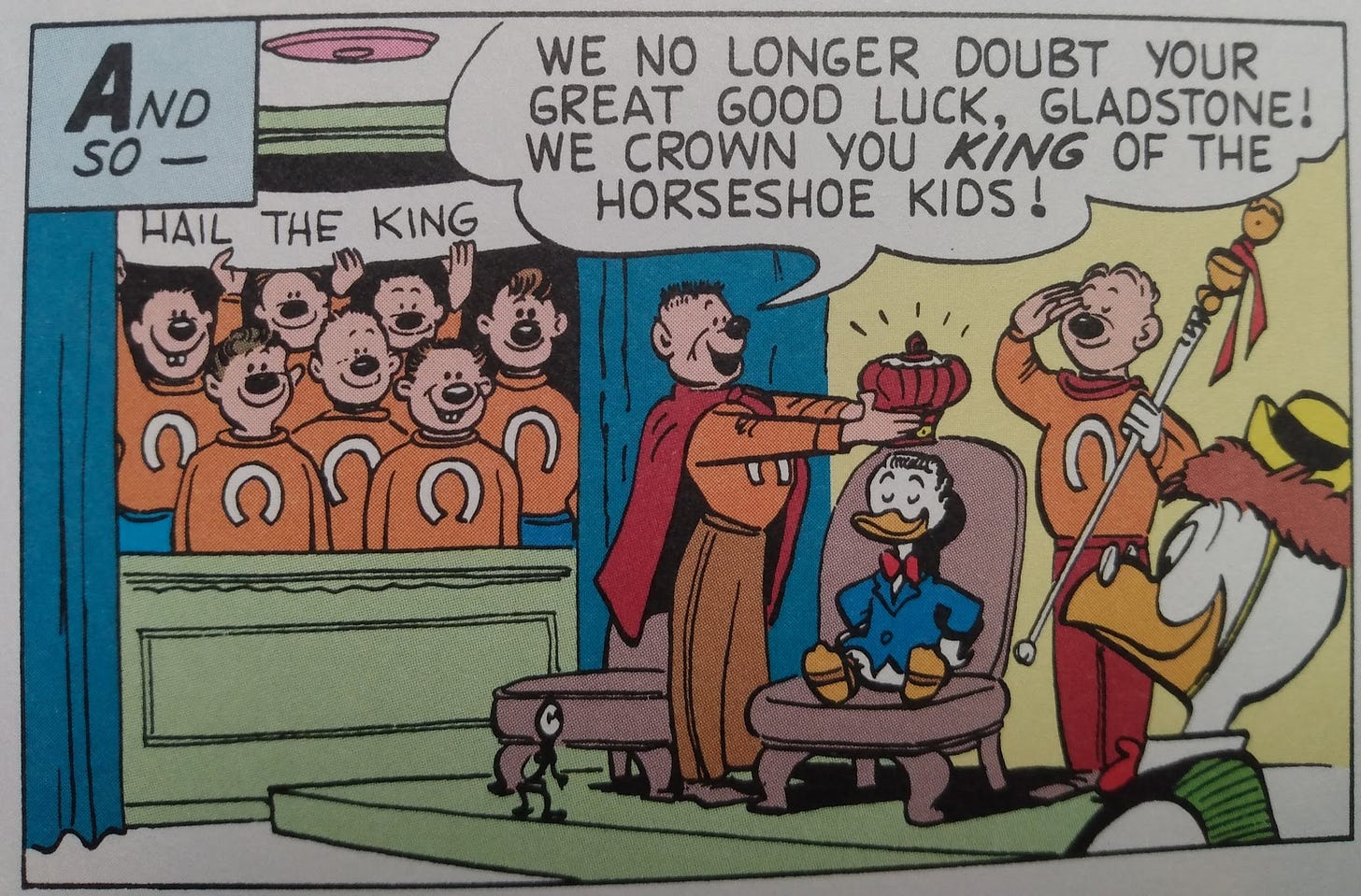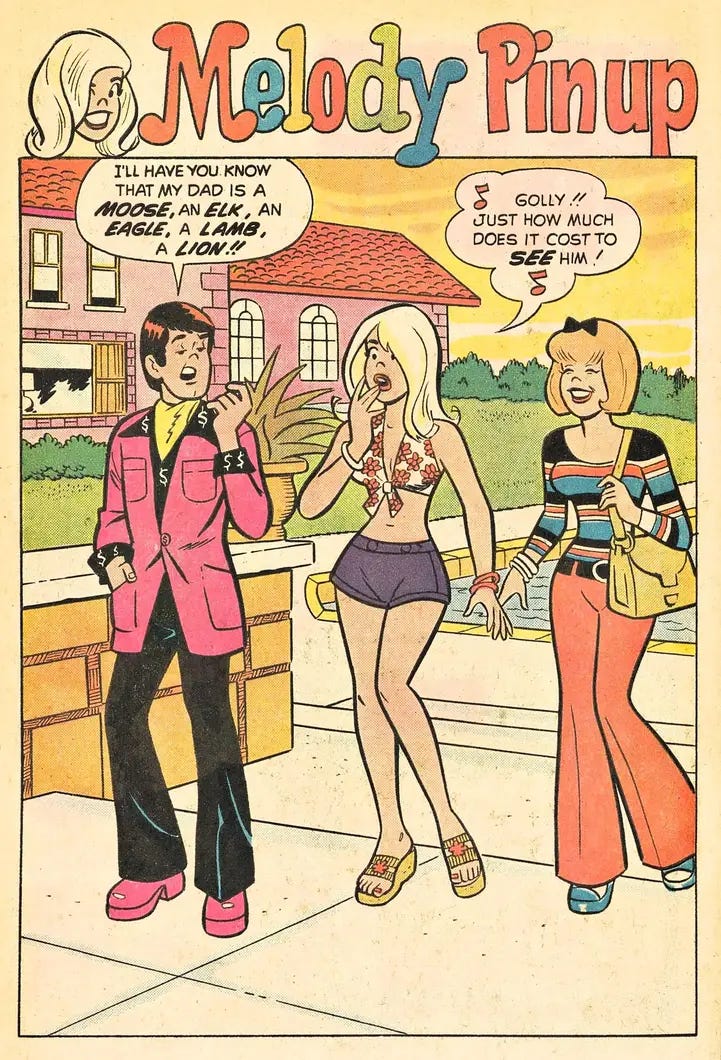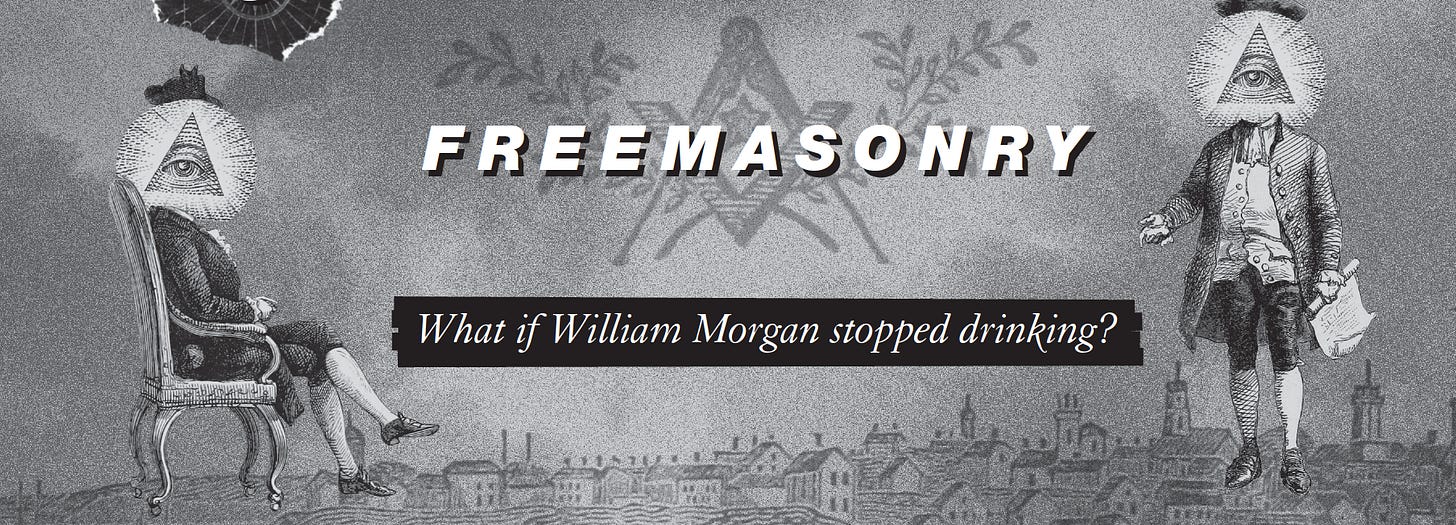These are annotations for the fifth chapter of the book Impossible Histories. I’m not saying you need to keep a copy of IH open next to you as you read, but it might make some things clearer?
p. 77
•t t ot @ br i: Many years ago I acquired a couple of Masonic handbooks in “code,” and due more to the fact that the code is not very robust than to my own acumen, I was able to read the books. As you can see from the excerpt, the code consists of replacing some common words with symbols (@ is and; % is of; that weird leaking H is the) and then abbreviating the heck out of the other words. Reading such a text requires a lot of guesswork, but more than guessing it requires you to get your head into a space where Masonic phrases sound natural to you, so the blanks fill in themselves. It helps that many of the encoded passages (such as this one) are available as plaintext in other places.
I knew, when I was writing this chapter, that I wanted to quote the “tongue torn out” oath in code, so I got out my Masonic books, knowing it would be in one of them, but…let me tell, you, even if a decade or two ago I could read these books, never in my life have I been able to scan them, flipping through the pages trying to catch at a glance the passage I sought. It took long enough that I probably should have just gone back and read the whole book again (something I was trying to avoid); this was the last major edit I squeaked into the book before production, so long did I spend looking for those stupid letters.
•Only slightly less eccentric authors: And I do mean slightly. Baigent & Leigh, the fellows cited here, are (66.6% of) the team responsible, somewhat earlier, for the book Holy Blood, Holy Grail (1982), inspiration for the dim-witted Da Vinci Code (2003). Despite the fact that Holy Blood, Holy Grail was ostensibly non-fiction, the authors sued renowned Da Vinci scribe Dan Brown for stealing their ideas, an odd claim for non-fiction writers to make. Anyway, Holy Blood, Holy Grail is a fun read, and less obviously stupid than DVC, even if its predictions have hardly been borne out by contemporary events.
p. 82
•the points of the star point to the letters A, S, M, O, N: The star has six points, but only points to five letters, because the top of the star, where the pyramid has an eye, points to nothing.
p. 83
•his advice may not be impartial: This reminds me of the part of the Timaeus in which Plato writes of philosophy that “no greater good [than philosophy] ever was or will be given by the gods to mortal man.” It’s always good to sing the praises of your pet hobby.
•listening to children recite poetry: I cannot resist quoting three stanzas from H.P. Taber’s The Rubaiyat of the Commuter (1905):
I went one day to call on neighbor Shaw.
(His kid is just the worst I ever saw)
The father said, “Come, Johnny, speak your piece.”
He bawled, and said, “I needn’t. Need I, Maw?”
I wish he wouldn’t. Why should I hear, pray.
About the Hesperus, or One-Hoss Shay?
Or why the Curfew rang, or what occurred
When Sheridan was twenty miles away!
But when my children stand up to recite,
That is of course a different matter, quite.
You should hear Jim’s “Horatius at the Bridge!”
I tell you, he’s a Paragon, all right!
Links go to online copies of the referenced poems (more popular formerly than they are today, which is true of all poems but of these more than usual), not all of which are bad. [Taber, The Rubaiyat of the Commuter (Briarcliff, 1905) p. 42]
p. 84
•In one anecdote he shares: Ellis titles this chapter in his book “An Amusing Incident,” which…might be overselling it.
•In the flat America of the screen: We could go on, of course, with fictional lodges that fictional characters belong to. Betty Boop was in the Mystic Order of the Boom Boom a Hotcha (the soundtrack kind of mumbles it, so spelling interpretations vary; watch it here). Laurel & Hardy were members of the Sons of the Desert. Dobie Gillis was in the Benevolent Order of the Bison. Gladstone Gander (Donald Duck’s cousin) belonged to the Royal Order of Horseshoe Kids.
(Many Simpsons characters are in the Stonecutters, of course, but by that point it’s just a postmodern nod to the Water Buffalo etc.)
Send me your own!
The most bad-ass fictional lodge, though, appears in Horatio Alger’s 1876 boys’ novel Sam’s Chance. Sam (a former a street urchin of questionable habits) is mistaken for a college freshman and pranked by upperclassman who tell him he’ll be joining the “Alpha Zeta Society.” “Kings, nobles, prime ministers have belonged to our mystic ranks,” one member brags. “Our society was founded hundreds of years ago by the emperor Charlemagne”; but Alger’s heavy-handed narrator explains: “This didn’t impress Sam as much as was expected, since he had never heard of the Emperor Charlemagne.”
Although ostensibly a “college society,” and named like a frat, Alpha Zeta quacks like the freemasonry it is clearly indebted to.
“Do you see this skull?”
“Yes, I do” [said Sam.]
“It is the skull of a freshman who joined our society five years since, and divulged the secrets.”
“What did he die of?” asked Sam.
“He disappeared,” said Brown, impressively. “He was found dead in his bed one morning, with a dagger in his heart.”
This is a good reminder of how closely fraternities modeled themselves after fraternal organizations (as I assert on IH p. 86; see also the Betty Boop cartoon referenced above, the theme song of which asserts the Mystic Order is full of “college pep”).
p. 85
•abounded in Masonic alternatives: People could really stack these alternatives up. A 1925 article in the Illinois Publisher mentions that Illinois Supreme Court Justice Floyd Thompson “is an Elk, an Odd Fellow, a Knight of Pythias, a Moose, and Eagle, a Modern Woodman and a Mystic Worker.” Justice Thompson numbered among his Supreme Court colleagues a Knight Templar (who was also a Knight of Pythias) and a 33rd degree Mason (who was also an Oddfellow).
Or check out:
[Floyd Thompson: H.L. Mencken, Americana 1925 (Knopf, 1925) p. 71; Melody: Dan DeCarlo, Josie and the Pussycats #91 (Archie, September 1976).]
p. 86
•the college Greek system: Somewhere around here, in the original MS., I had mentioned a fact I pulled from Alexandra Robbins’s Pledged, that sororities often need plumbers to come on a monthly basis to clean out their vomit-clogged plumbing; but an editor told me it was not nice to make fun of young women with eating disorders. “Sure, sure,” I said, “and ordinarily I would never do that. But isn’t it funny if it’s a sorority?”
Apparently, according to editors, the answer was no.
[Alexandra Robbins, Pledged: The Secret Life of Sororities (Hyperion, 2004) p. 28]
p. 87
•and occasional manslaughter: As early as 1863, a[n anonymous] college president called fraternities “nothing but evil” and “a mere plague to any college.”
Possibly related: In 1957, Abel Brown, testified: “In college fraternities there is a practice known as ‘Hell Week”’. It is a kids [sic] practice, but the practice is continued because it is a lot of fun and done in fun, but not with Loeb. When Loeb paddled a freshman he would force him to the opposite wall with the blows he would hit.…All fraternity groups have a bad apple.”
This is funny because the Loeb mentioned is murderer Richard Loeb of Leopold and Loeb fame. Brown was testifying at Leopold’s clemency hearing.
[Edward Hitchcock, Reminiscences of Amherst College (Bridgman & Childs, 1863) p. 325; Nina Barrett, The Leopold and Loeb Files (Midway, 2018) p. 270.]
•No one trusts secrecy: Look at the The International Organisation of Good Templars, who since 1851 have spent their secret and shadowy efforts lobbying for “temperance.” This sounds relatively harmless; but we’ve already seen that the temperance movement birthed the Mafia. Just what are the IOGT actually planning?





